Mount Koya (Koyasan) is one of Japan’s most famous spiritual centers, attracting visitors from all over the world. It was founded by Kukai (also known as Kobo Daishi), the founder of Shingon Buddhism, and has over 1,300 years of history. The area is dotted with numerous temples and cultural heritage sites.
Mount Koya is also well-known for unique experiences such as staying at a temple lodging, savoring shojin ryori (traditional Buddhist vegetarian cuisine), and engaging in various Buddhist cultural practices.
In this article, we will dive deep into the history and culture of Mount Koya, explore must-visit attractions, explain how to get there, and discuss temple stays and model courses to help you make the most of your visit.
Whether you’re visiting for the first time or returning for another memorable experience, use this guide to fully enjoy everything Mount Koya has to offer!
What is Mount Koya? Learn About Its History and Culture
Mount Koya is a sacred site for Japanese Buddhism, located in the mountains of northern Wakayama Prefecture at an elevation of approximately 800 meters.
First, let’s take a look at the history and culture of Mount Koya. Understanding this area is key to gaining a deeper appreciation of Japanese Buddhist traditions.
The Story of Kukai (Kobo Daishi) and the Founding of Mount Koya
Kukai, also known as Kobo Daishi, established Shingon Buddhism in Mount Koya during the early Heian period. After studying esoteric Buddhism in Tang China, Kukai returned to Japan in 806 AD.
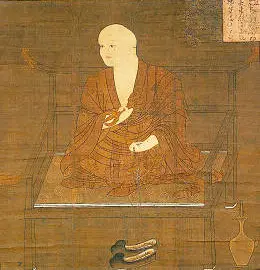
He chose Mount Koya as a place for practicing and teaching esoteric Buddhism because of its serene and remote mountain environment, perfect for meditation and spiritual training.
The main reasons why Kukai established Shingon Buddhism at Mount Koya include:
- Spreading Esoteric Buddhism: To share the teachings he learned in Tang China with the Japanese people
- Helping People: To establish a practical form of Buddhism for aiding those in need
- Renewing Japanese Buddhism: To lead a shift from Nara Buddhism to Heian Buddhism
- Creating a Training Ground: To establish a secluded place (Mount Koya) ideal for esoteric practices
The core teachings of Shingon Buddhism founded by Kukai include:
- Centering on esoteric Buddhist teachings
- Aiming for “Sokushin Jobutsu” (achieving enlightenment in this lifetime)
- Using Mount Koya as a primary place for spiritual training
Today, Shingon Buddhism has around 14,000 temples throughout Japan and continues to be a significant part of Japanese spiritual life, with Kukai’s teachings deeply ingrained in the culture even after more than 1,200 years.
Kukai’s lasting influence can be seen in how Shingon Buddhism continues to shape Japanese culture and spirituality to this day.
The Role of Mount Koya as a Sacred Place of Shingon Buddhism
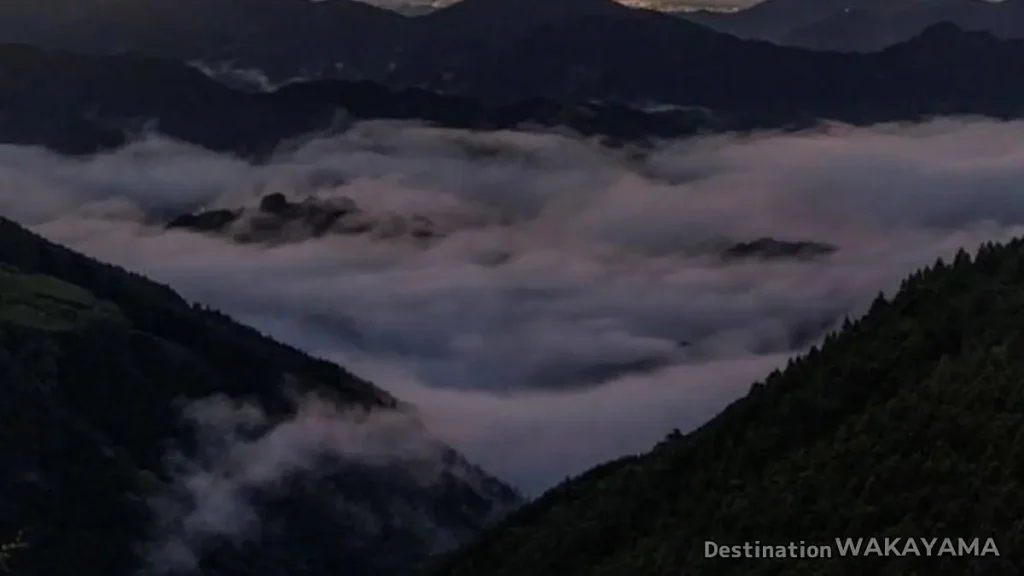
Mount Koya serves not only as the headquarters of Shingon Buddhism but also plays a vital role in Japan’s religious, cultural, and educational landscape. Founded by Kukai, this spiritual site holds profound historical and religious significance, impacting people on many levels.
A Center for Training and Education
Mount Koya, established by Kukai in 816 AD, is the heart of Shingon esoteric Buddhism. It offers various facilities and opportunities for monks to engage in rigorous spiritual and physical training while studying the teachings of esoteric Buddhism.
A Place of Deep Faith
For followers of Shingon Buddhism, Mount Koya is a pilgrimage site where they can connect with the teachings of Kukai. Many visit throughout the year to pray and find spiritual solace in this sacred atmosphere.
Preserving Culture and Art
Mount Koya also serves as a treasure trove of Japanese cultural heritage, housing numerous valuable artifacts and art pieces. Its historical significance has attracted a wide range of cultural assets, preserved and displayed in places like the Koyasan Reihokan Museum.
From national treasures to stunning temple gardens, such as the painted sliding doors of Kongobu-ji and the panoramic Banryutei Rock Garden, visitors can experience the artistic and architectural beauty that reflects Buddhist spirituality.
Recognized as a World Heritage Site
In 2004, Mount Koya was designated a UNESCO World Heritage Site, a testament to its cultural and religious significance. This recognition has made Mount Koya a destination that attracts not only tourists but also those seeking a deeper understanding of Japan’s spiritual culture.
Mount Koya continues to play an important role in preserving Shingon Buddhist teachings and Japanese traditions, while providing a place for spiritual reflection in today’s fast-paced world.
Cultural Etiquette and Customs to Know Before Visiting
When visiting Mount Koya, it’s important to respect the cultural and spiritual rules of this sacred site. Understanding the etiquette will help you and other visitors have a meaningful experience.
By being considerate of others and mindful of your surroundings, you can ensure everyone has a peaceful and respectful visit.
Manners During Temple Visits
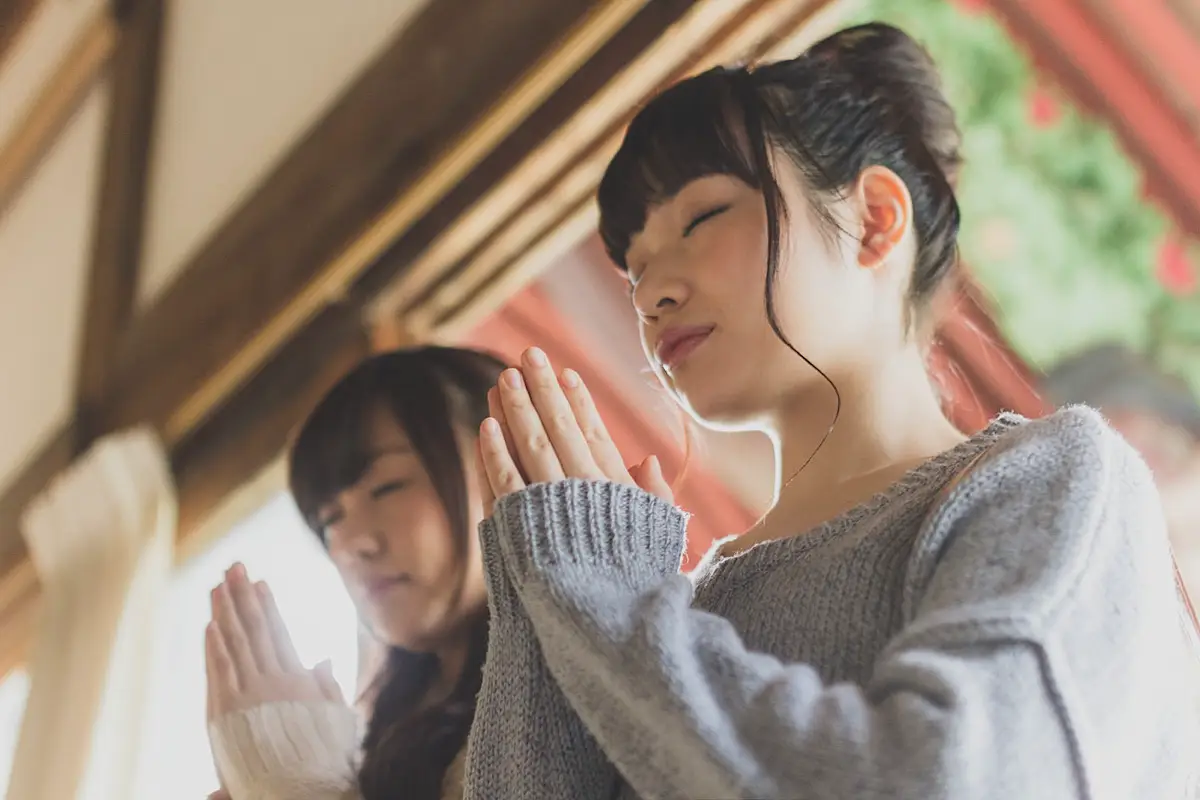
Since many areas of Mount Koya are enveloped in a solemn and spiritual atmosphere, it’s crucial to behave quietly and respectfully, especially in sacred places like Okunoin and Kongobu-ji.
Keep your voice low and avoid disrupting other visitors who may be in prayer. Bowing and putting your hands together in prayer are common gestures of respect during visits.
Photography Etiquette

There are areas within Mount Koya where photography is strictly prohibited, such as beyond Gobyo Bridge in Okunoin. This area is considered extremely sacred, and it’s essential to follow the rules out of respect.
Even in places where photography is allowed, always be considerate and ensure you don’t disturb other visitors.
Appreciating Shojin Ryori and Buddhist Culture
The temple lodgings at Mount Koya serve shojin ryori, a vegetarian cuisine based on Buddhist precepts that avoid using animal products. It’s important to eat this meal with a sense of gratitude and savor the flavors quietly, reflecting the spirit of mindfulness.
Engaging in activities like copying sutras (shakyo) or practicing meditation requires a sincere and humble attitude.
By learning about the cultural background of Mount Koya before your visit, you can better understand and respect the Buddhist practices, making your experience not only a sightseeing trip but also an opportunity to purify your mind and reflect on yourself.
Unique Experiences to Try at Mount Koya
Mount Koya offers many unique experiences that are hard to find anywhere else, such as staying in temple lodgings or enjoying the delicate flavors of shojin ryori.
Here are some of the must-try activities when visiting Mount Koya.
Buddhist Cultural Experiences: Sutra Copying and Meditation

At Mount Koya, you can try Buddhist cultural experiences like sutra copying and meditation.
Sutra copying, or shakyo, involves carefully writing out Buddhist scriptures, helping to calm your mind and improve your focus as part of spiritual practice.
Meditation sessions offer a chance to center your thoughts and experience a moment of tranquility. Both activities provide an escape from the hustle and bustle of everyday life.
Staying at a Temple Lodge: A Peaceful Overnight Experience

Temple lodges, or shukubo, are accommodations attached to temples where you can immerse yourself in the spiritual atmosphere of Mount Koya.
There are over 50 temple lodges to choose from, each offering unique features such as historic connections to famous warlords, beautifully painted sliding doors, or traditional gardens.
You can join morning prayers, learn about Buddhist teachings, and enjoy the serene environment. Remember that these lodges are active temples, so be respectful and follow the house rules.
Tasting Shojin Ryori: Indulge in Traditional Buddhist Cuisine
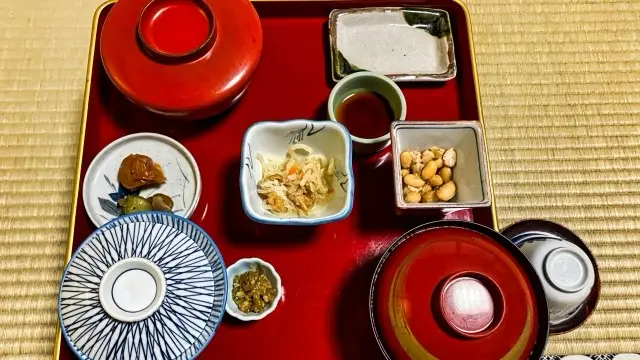
Shojin ryori is a vegetarian cuisine based on Buddhist teachings, made without any animal products and focusing on seasonal vegetables and tofu.
At Mount Koya, temple lodges serve shojin ryori, showcasing the local flavors. The meals are simple yet artfully arranged, allowing you to fully appreciate the harmony of flavors and the beauty of each dish.
Experience Mount Koya’s Seasonal Beauty
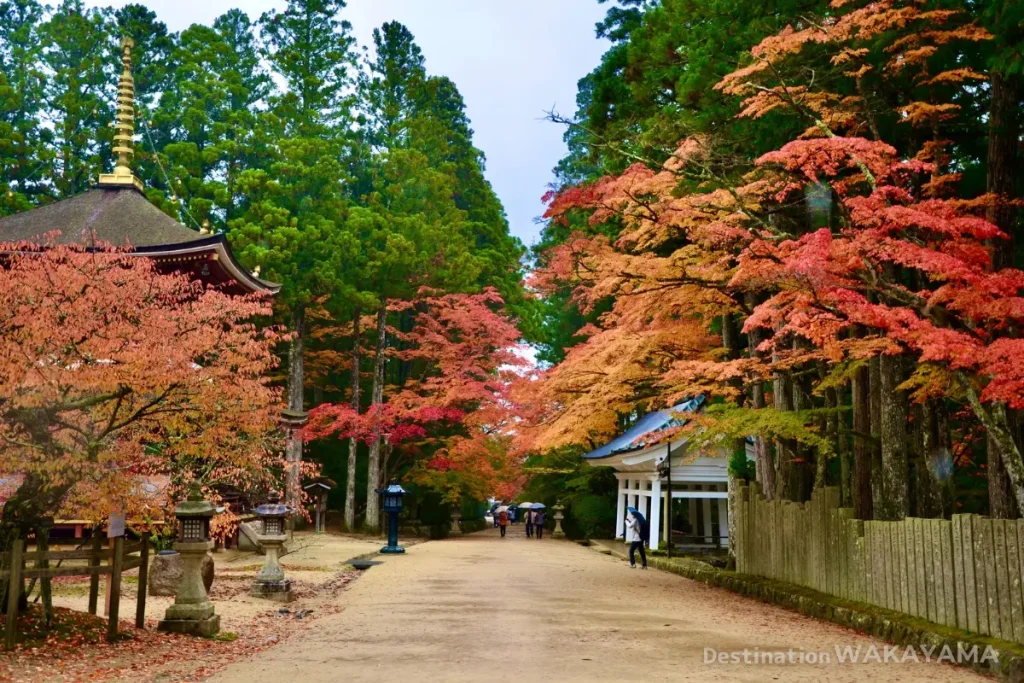
Mount Koya offers breathtaking scenery year-round. In spring, cherry blossoms bloom, while in autumn, the leaves turn vivid shades of red and orange. Winter brings a serene landscape covered in snow, adding a mystical atmosphere.
Each season provides a different experience, so consider visiting Mount Koya multiple times to see it in all its glory.
Autumn is particularly recommended for its stunning fall foliage. Popular spots like the front gate of Kongobu-ji and the illuminated Jabara Road are must-see locations that showcase the beauty of the changing leaves.
Top Sights to Visit in Mount Koya
Mount Koya is home to numerous historical and culturally significant temples and shrines. It was recognized as part of the “Sacred Sites and Pilgrimage Routes in the Kii Mountain Range” UNESCO World Heritage Site in 2004. Here are some must-visit attractions:
Kongobu-ji: The Heart of Mount Koya
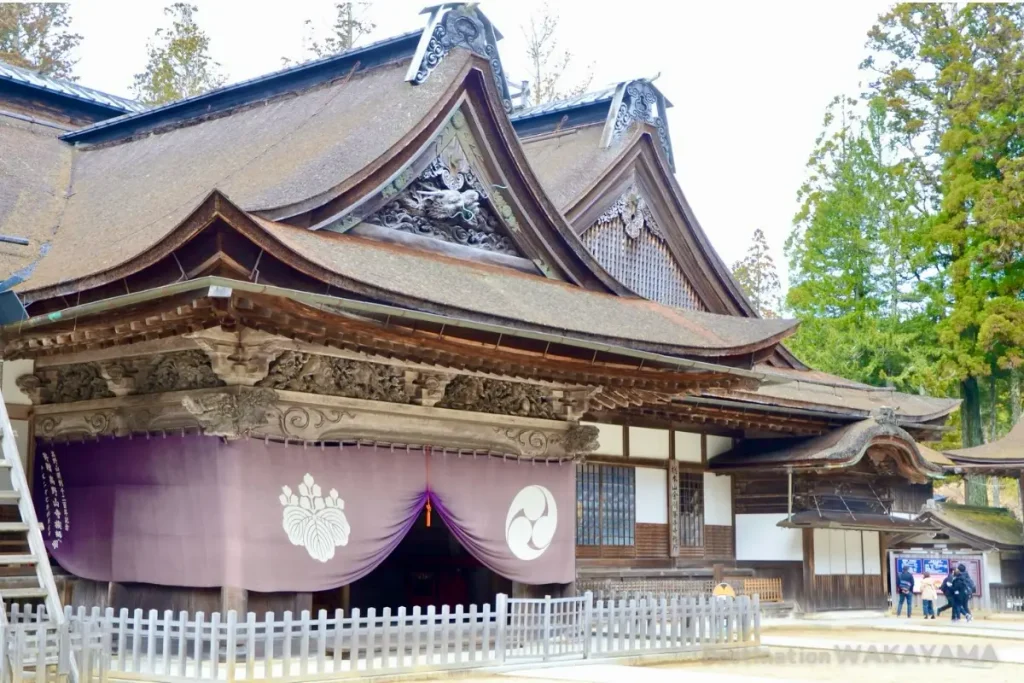
Kongobu-ji serves as the head temple of Shingon Buddhism and is a spiritual hub for Mount Koya. Established in the Heian period, it has played a central role in the spiritual life of monks and pilgrims for centuries.
The temple grounds are vast, covering over 4,000 square meters and featuring many important sites. One highlight is the Banryutei Rock Garden, one of Japan’s largest rock gardens, with 140 granite stones arranged to depict two dragons emerging from a sea of clouds.
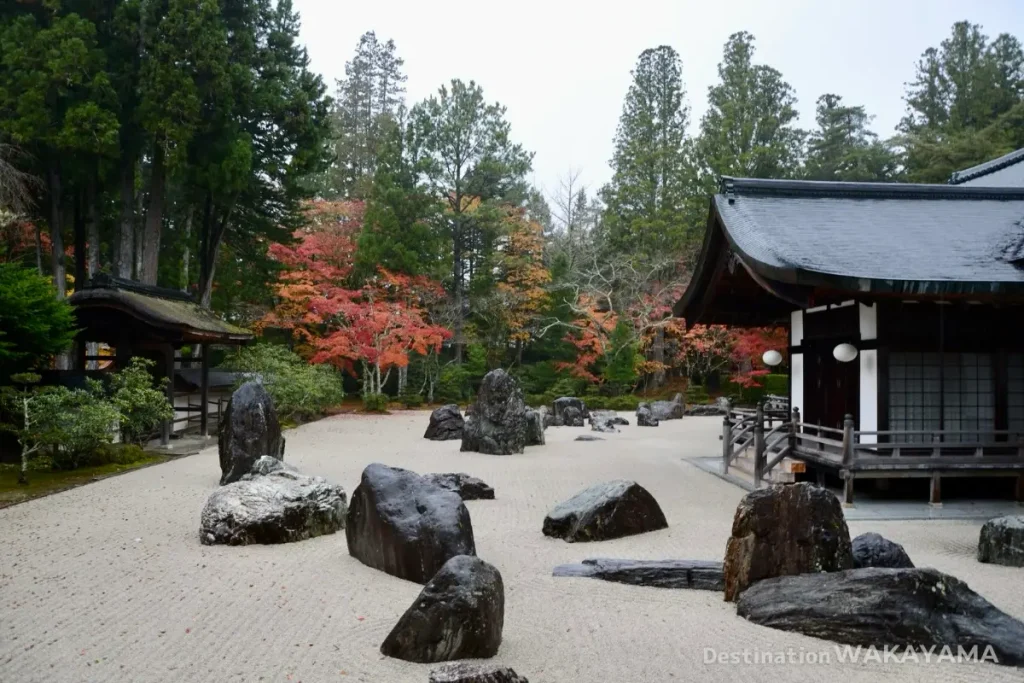
The beauty of this garden changes with the seasons, and the vibrant autumn foliage is especially breathtaking.
Inside the main hall, you’ll find intricately painted sliding doors and sculptures. You can also listen to the monks’ sermons or chant along during special ceremonies.
Danjo Garan: A Masterpiece of Buddhist Architecture
Danjo Garan is a central temple complex envisioned by Kukai as a place to bring his esoteric Buddhist teachings to life. Since the early days of Mount Koya, it has served as the heart of Shingon Buddhist practice.
Key landmarks here include the Great Pagoda and the Main Hall. The Great Pagoda (Konpon Daito), standing 45 meters tall and painted in vibrant red, represents the esoteric Buddhist universe and houses five Buddha statues, with a massive statue of Dainichi Nyorai in the center.
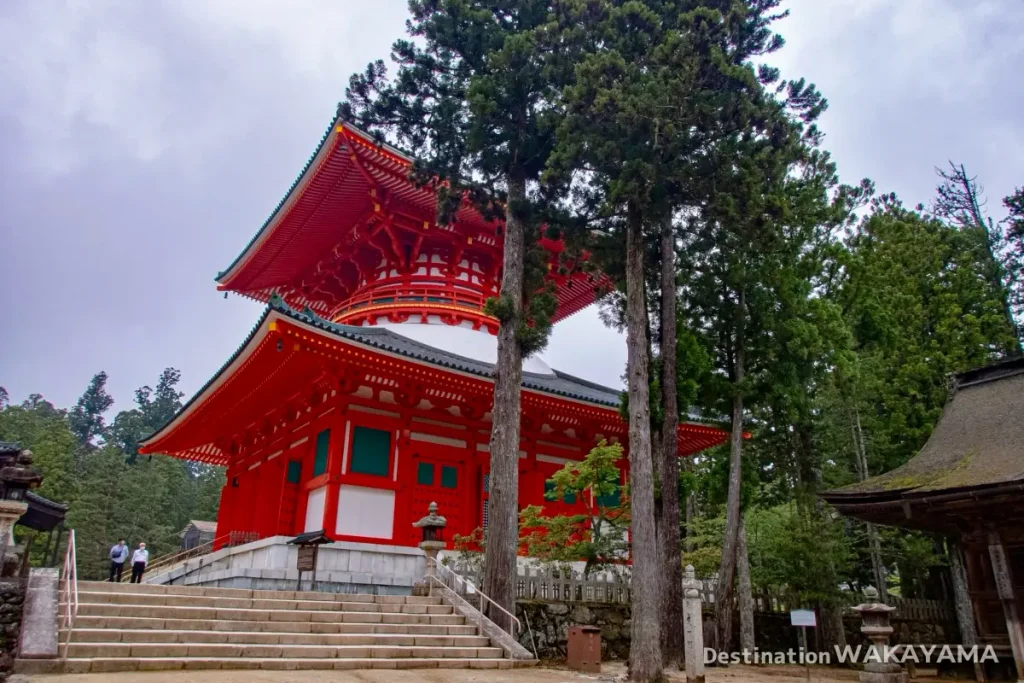
The interior features stunning murals depicting esoteric Buddhist deities, making it an awe-inspiring sight. The Main Hall is where many religious ceremonies take place, and the spiritual atmosphere of this area is unforgettable.
Each season brings a different charm to Danjo Garan, from the fiery colors of autumn leaves to the serene, snowy landscape in winter.
Okunoin: The Pilgrimage Site for Kobo Daishi
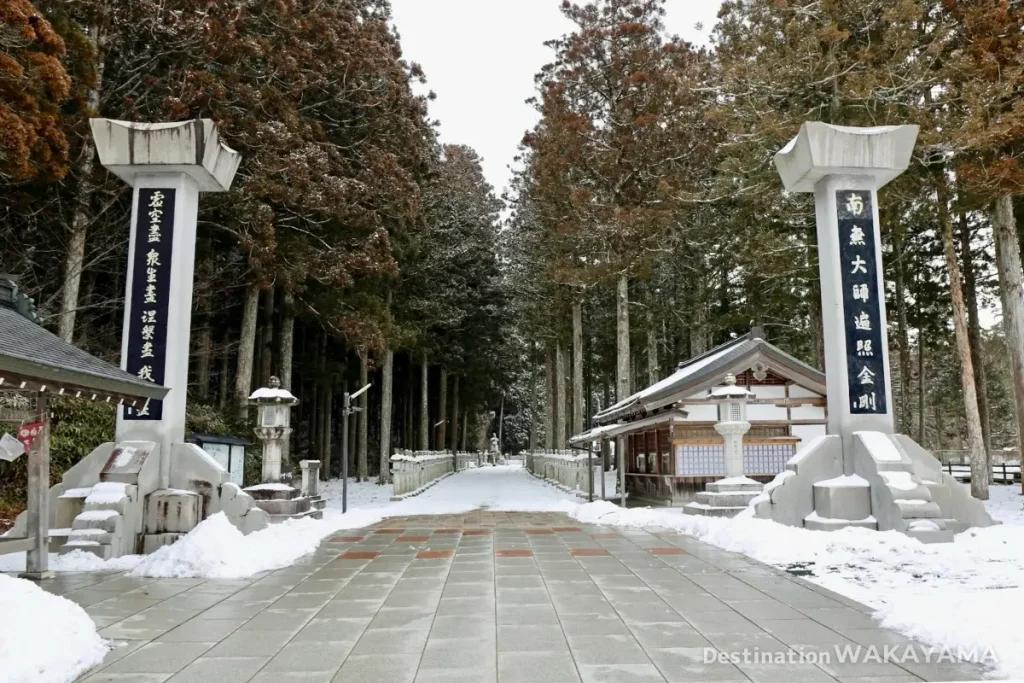
Okunoin is the most sacred site on Mount Koya, believed to be where Kobo Daishi continues his eternal meditation. The 2-kilometer approach to Okunoin is lined with towering cedar trees and numerous historical monuments, creating a spiritual atmosphere.
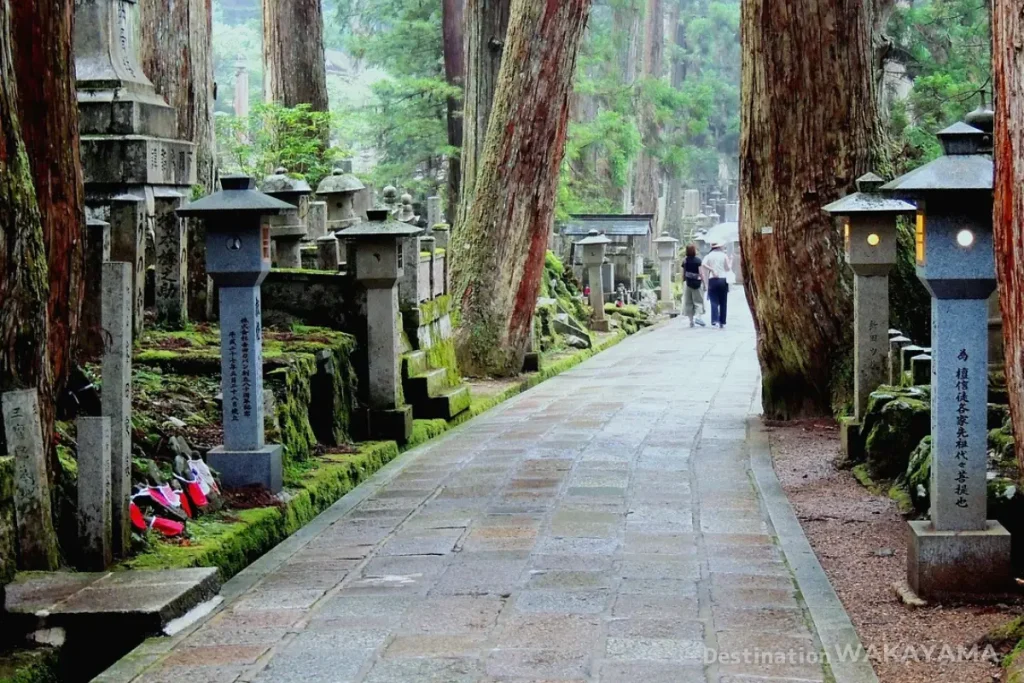
The pathway is adorned with memorials for notable historical figures, such as warlords from the Sengoku period. Walking through this sacred path offers a profound sense of history and reverence.
At the end of the trail, you’ll find Gobyo Bridge. It’s customary to bow and remove your hat before crossing, as a sign of respect. Photography is not allowed beyond this point, and visitors are encouraged to pray quietly and reflect.
At night, stone lanterns illuminate the path, creating a mystical and serene experience that is unforgettable.
Koyasan Reihokan Museum: A Treasure Trove of Buddhist Art
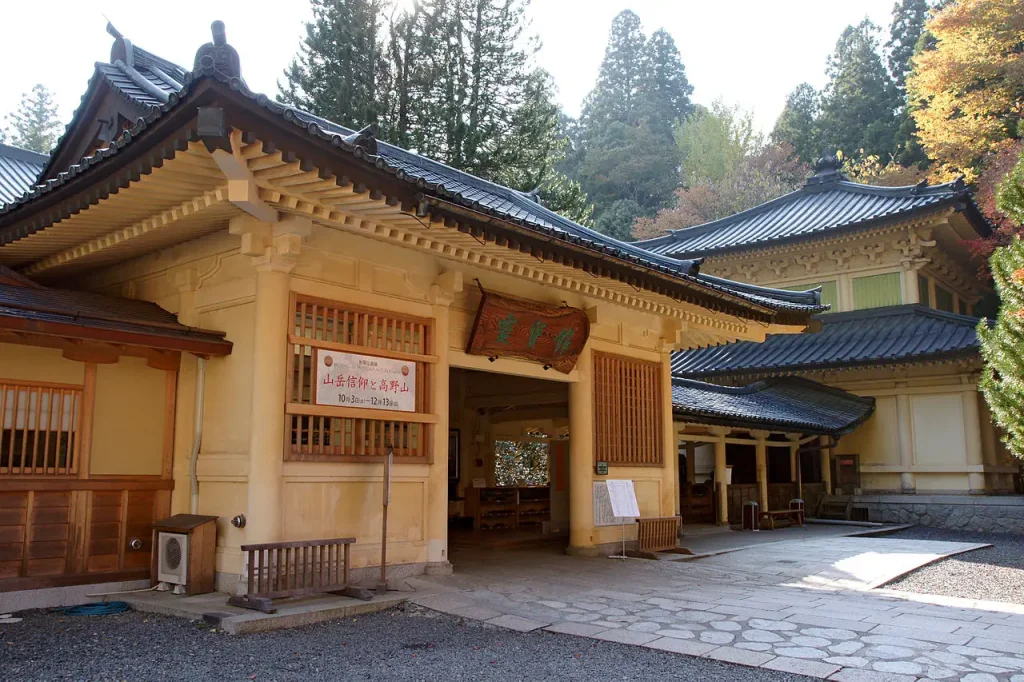
The Koyasan Reihokan Museum houses an extensive collection of Buddhist art and cultural assets related to Mount Koya, with over 50,000 artifacts in its collection. The museum has been open since 1921 and showcases beautiful sculptures, paintings, and manuscripts.
Exhibits change seasonally, so each visit offers a new discovery. The museum’s calm and serene atmosphere, with views of a traditional garden, provides a perfect setting for appreciating these cultural treasures.
It’s a must-visit for anyone interested in Buddhist art and history, and checking the schedule for special exhibitions ahead of time is highly recommended.
Other Notable Spots: Embrace Nature and Scenic Beauty
Mount Koya is surrounded by lush forests and beautiful natural landscapes, offering numerous opportunities for peaceful walks and scenic views. The area’s rich greenery and quiet atmosphere make it a perfect place to enjoy the beauty of Japan’s nature.
During spring, cherry blossoms add a delicate touch to the surroundings, while autumn brings a vivid tapestry of colors. Nyonin-michi (Women’s Pilgrimage Route) is a great hiking trail, rich with history and natural beauty.
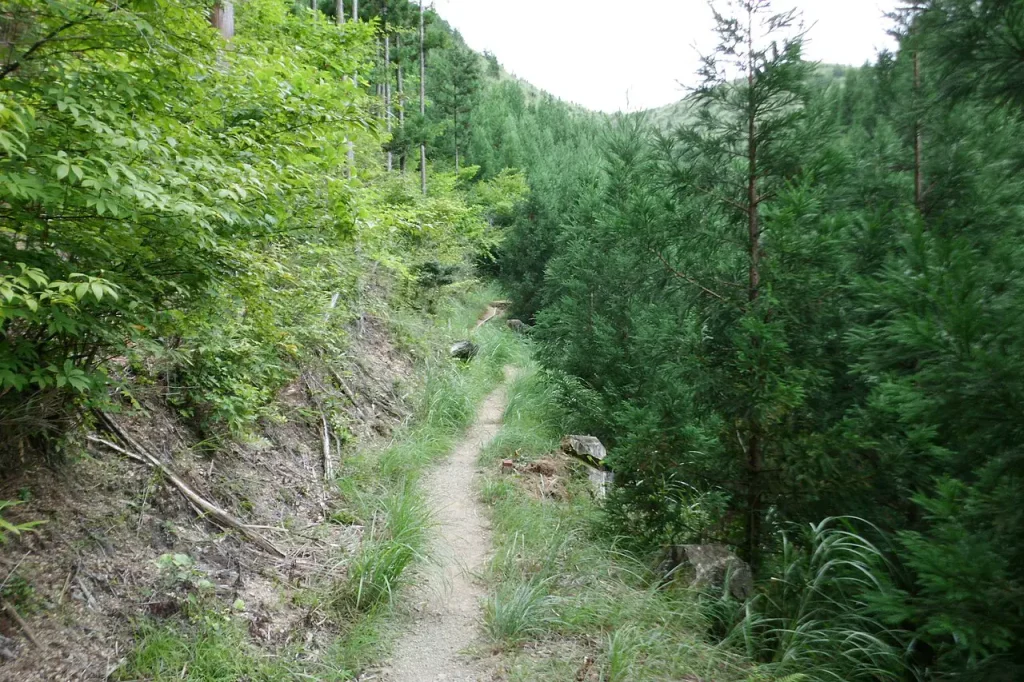
The Women’s Pilgrimage Route, or Nyonin-michi, was once the only way women could worship at Mount Koya when entry to the central areas was restricted. Today, the trail is open to everyone, offering a scenic walk through dense forests dotted with stone statues and historic markers.
It’s a fantastic way to enjoy forest bathing and reconnect with nature, and there are viewpoints along the route where you can take in breathtaking views of Mount Koya.
Recommended Model Courses for Touring Mount Koya
To make the most of your visit to Mount Koya, it’s helpful to plan your itinerary in advance. Here are some suggested model courses, including key highlights and practical tips.

One-Day Tour Plan
Take the cable car to Mount Koya Station and breathe in the crisp mountain air. The visitor center near the station provides maps and useful information.
Start your day with a visit to Okunoin, the sacred resting place of Kobo Daishi. Walk along the path lined with ancient cedar trees and monuments, soaking in the peaceful ambiance.
After your visit to Okunoin, enjoy a meal of shojin ryori (Buddhist vegetarian cuisine) at one of the local temple lodges. The simple yet flavorful dishes will leave you feeling refreshed and satisfied.
Explore Kongobu-ji, the head temple of Shingon Buddhism. Admire the exquisite rock garden and intricately painted sliding doors, and take in the temple’s tranquil atmosphere.
Next, head to Danjo Garan, where you’ll find the Great Pagoda and the Main Hall. The striking architecture and serene surroundings make this a highlight of your visit.
Wrap up your day with a relaxing visit to a café. Enjoy some matcha and sweets while reflecting on the day’s experiences.
Conclude your visit by heading back to the station. The serene mountain scenery will leave a lasting impression as you take the cable car back down.
Two-Day Itinerary: Overnight Stay at Mount Koya
Day 1
Take the cable car to Mount Koya Station and take a moment to enjoy the refreshing mountain air. Collect maps and guides from the visitor center.
Begin your adventure with a visit to Okunoin. Walk the peaceful path lined with cedar trees, passing historic graves and memorials, and feel the sacred energy of this place.
Enjoy a delicious and healthy shojin ryori (Buddhist vegetarian cuisine) lunch at a temple lodge or a local restaurant. Take in the calm surroundings as you savor this traditional vegetarian meal.
Spend your afternoon exploring Kongobu-ji, where you can admire the rock garden, Banryutei, and beautifully painted sliding doors. The temple’s peaceful ambiance is perfect for meditation and reflection.
Visit the Danjo Garan complex, featuring the Great Pagoda and other important buildings. Capture the beauty of the red pagoda and take a leisurely stroll through the serene grounds.
Arrive at your chosen temple lodge and check in. Explore the facilities, relax in the garden, or enjoy an early soak in the bath to unwind after a full day.
After dinner, take a peaceful evening walk around the temple grounds. The quiet atmosphere and the starry sky will provide a magical experience. You can also join a night tour if available.
Day 2
Start your day with a serene morning prayer session at your temple lodge. Listening to the monks chant in the tranquil surroundings will set a calming tone for the rest of your day.
After checking out, visit the Koyasan Reihokan Museum to admire Buddhist art and cultural treasures. The museum offers a unique insight into the spiritual heritage of Mount Koya.
Take some time to explore the local shops and pick up souvenirs. You can also revisit any spots you enjoyed from the previous day or discover new hidden gems.
Enjoy another meal of shojin ryori or try a café for a light lunch. Take it easy and savor the last moments of your visit to Mount Koya.
End your trip with a visit to Kongo Sanmai-in, a serene temple featuring beautiful gardens and historical architecture. It’s a great way to conclude your spiritual journey on a tranquil note.
Make your way back to Mount Koya Station and prepare for your return trip. Reflect on the serene and inspiring time spent at this sacred mountain.
Entrance Fees for Main Sites
| Site | Category | Fee | Hours |
|---|---|---|---|
| Kongobu-ji | Adults (Middle school and up) Children (Elementary school) | 1,000 yen 300 yen | 8:30 AM – 5:00 PM (Last entry at 4:30 PM) |
| Main Hall (Kondo) | Adults (Middle school and up) Children (Elementary school and below) | 500 yen Free | 8:30 AM – 5:00 PM (Last entry at 4:30 PM) |
| Great Pagoda (Konpon Daito) | Adults (Middle school and up) Children (Elementary school and below) | 500 yen Free | 8:30 AM – 5:00 PM (Last entry at 4:30 PM) |
| Tokugawa Mausoleum | Adults (Middle school and up) Children (Elementary school and below) | 200 yen Free | 9:00 AM – 4:30 PM (Last entry at 4:10 PM) |
| Initiation Hall Fee | All visitors | 1,000 yen | Sessions: 9:00 AM, 10:00 AM, 11:00 AM 1:00 PM, 2:00 PM, 3:00 PM, 4:00 PM |
| Combined Entry Ticket | Adults (Middle school and up) Children (Elementary school and below) | 2,500 yen Not applicable | Valid for 5 main sites |
*Children below school age are free.
Dress Warmly: The Weather is Cooler than the Lowlands
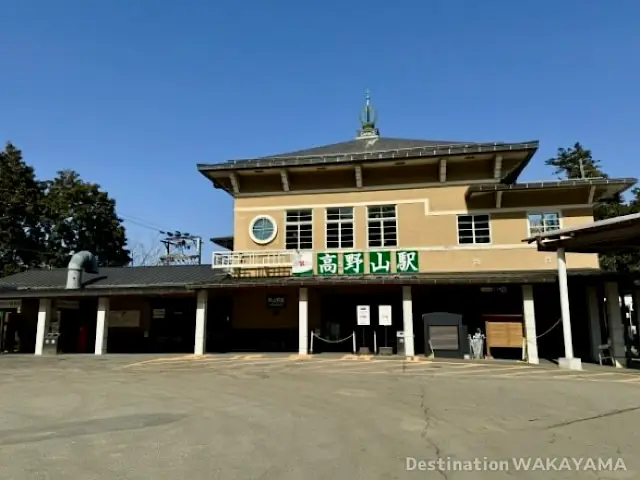
Located at an altitude of about 800 meters, Mount Koya is generally 5 to 10°C cooler than lower-lying areas. From autumn to winter, temperatures can drop below freezing, and mornings and evenings can be particularly cold. Make sure to bring a warm coat and adequate winter gear.
Even in spring and summer, the early mornings and nights can be chilly, so it’s advisable to bring a light jacket or fleece. Be prepared for sudden weather changes, including rain or strong winds, by bringing waterproof gear.
Comfortable walking shoes are a must, as you’ll likely be walking for extended periods. Dressing in layers is also recommended to adjust to the changing temperatures throughout the day.
How to Get to Mount Koya
Mount Koya is accessible by various transportation methods, including public transit and by car. Here’s a detailed explanation of how to get there from Kansai Airport, Osaka, Kyoto, and Wakayama City.
Access from Major Areas in Kansai
- From Kansai Airport to Mount Koya
-
Kansai Airport → Tengachaya Station → Gokurakubashi Station → Mount Koya Station → Various Mount Koya sites
- From Kyoto/Shin-Osaka to Mount Koya
-
Kyoto Station → Shin-Osaka Station → Osaka Metro Namba Station / Nankai Namba Station → Gokurakubashi Station → Mount Koya Station → Various Mount Koya sites
- From Wakayama City to Mount Koya
-
JR Wakayama Station → Hashimoto Station (via JR or Nankai lines) → Gokurakubashi Station → Mount Koya Station → Various Mount Koya sites
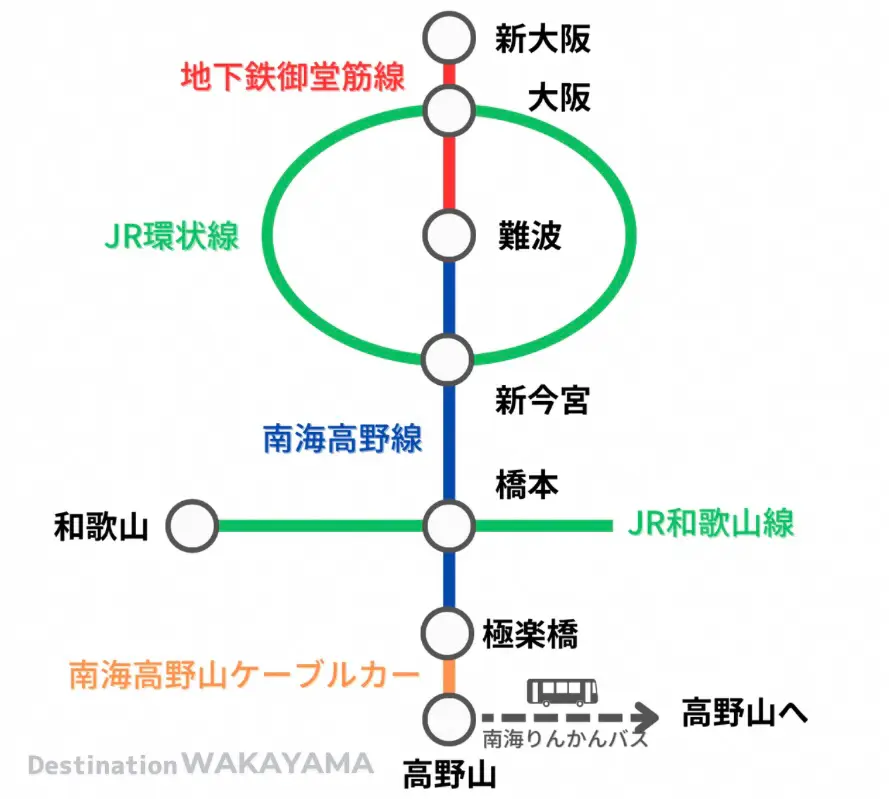
Driving to Mount Koya: Tips and Parking Information
If you’re driving to Mount Koya, be aware that the mountain roads can be winding and challenging. Prepare for potential motion sickness and ensure you drive carefully.
During the winter months, snow and icy conditions are common, so snow tires or chains may be necessary for safe driving.
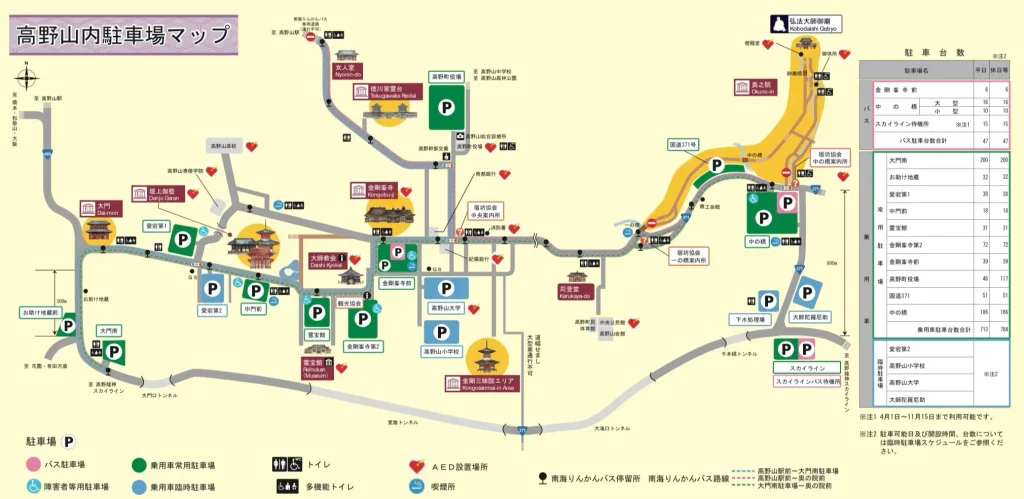
There are several parking lots around Mount Koya, and some are located close to major attractions. However, these can get crowded during peak seasons, so plan to arrive early if possible.
Public transportation, such as trains, cable cars, and buses, might be more convenient depending on your travel preferences and the season.
Shopping and Dining at Mount Koya
Mount Koya offers a variety of shopping spots and delicious local cuisine, where you can enjoy the unique Buddhist culture and bring back memorable souvenirs. Here are some recommended places to visit during your stay.
Tempu Terrace
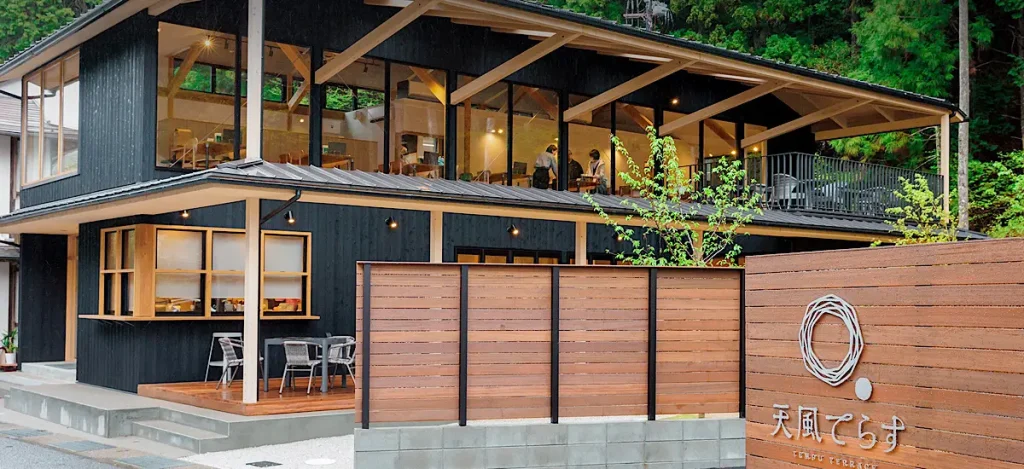
Tempu Terrace is a popular shopping spot with a wide selection of Mount Koya-themed souvenirs, including handmade crafts, unique Buddhist sweets, and traditional items that reflect the spiritual atmosphere of the area.
The café inside offers a relaxing space to take a break and enjoy matcha or light meals, making it a perfect place to rest during your sightseeing adventures.
| Hours | 11:00 AM – 5:00 PM (until 4:00 PM in winter) Lunch: 11:00 AM – 2:00 PM Café: 11:00 AM – 4:00 PM |
|---|---|
| Closed | Tuesdays |
| Address | 53-3 Koyasan, Koya Town, Wakayama Prefecture |
| Phone | 0736-25-6012 |
| Website | https://www.ichinohashi.co.jp/terrace.html |
Koyasan Digital Museum & Café Shizuku
Located near Kongobu-ji, the Koyasan Digital Museum offers a modern way to learn about the history and culture of Mount Koya using the latest digital technology.
Inside, you’ll find Café Shizuku, where you can enjoy local specialties and desserts made with traditional Japanese ingredients. The café’s serene atmosphere makes it an ideal spot to unwind and recharge.
Combining cultural immersion with delicious food, it’s a must-visit for a unique experience.
| Hours | Weekdays: 10:00 AM – 4:00 PM Weekends: 10:00 AM – 5:00 PM |
|---|---|
| Closed | Irregular holidays in winter |
| Address | 360 Koyasan, Koya Town, Wakayama Prefecture |
| Phone | 0736-26-8571 |
| Website | https://www.dmckoyasan.com/digitalmuseum/ |
Kakuhama Goma Tofu Main Store

Kakuhama Goma Tofu Main Store is a well-known shop specializing in Mount Koya’s signature dish, goma tofu, a creamy and rich sesame-based tofu. Located near the Danjo Garan complex, this traditional delicacy is a must-try.
The tofu is made using carefully selected ingredients and traditional techniques, resulting in a velvety texture and deep sesame flavor. You can buy some as a souvenir or enjoy it freshly prepared at the store.
Don’t miss the chance to savor this famous local specialty during your visit!
| Hours | 8:00 AM – 5:00 PM |
|---|---|
| Closed | Year-end and New Year holidays |
| Address | 262 Koyasan, Koya Town, Wakayama Prefecture |
| Phone | 0736-56-2336 |
| Website | https://www.gomatohu.com/ |
Recommended Temple Lodgings for an Authentic Stay
Staying at a temple lodge on Mount Koya is a unique way to experience Japanese Buddhist culture. Each lodging offers a tranquil environment and the chance to participate in morning prayers, meditation, and traditional meals. Here are some top recommendations:
Fukuchi-in
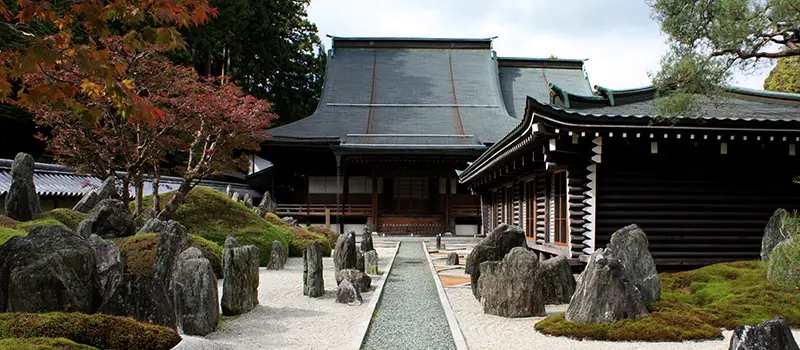
Fukuchi-in is one of the most historic temple lodges at Mount Koya, known for its beautiful garden and high-quality shojin ryori meals. Guests can also participate in sutra copying and meditation for a complete spiritual experience.
Ichijoin
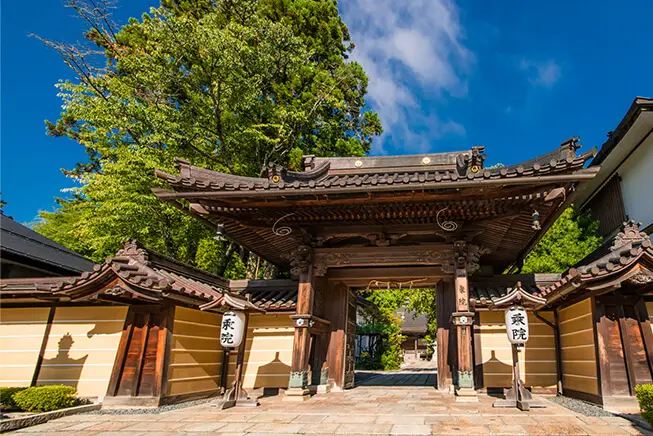
Ichijoin is a prestigious temple lodge offering a solemn yet welcoming atmosphere. The elegant main hall and historic garden provide a sense of serenity. Guests can attend morning prayers and learn about Shingon Buddhism’s teachings.
Akamatsu-in
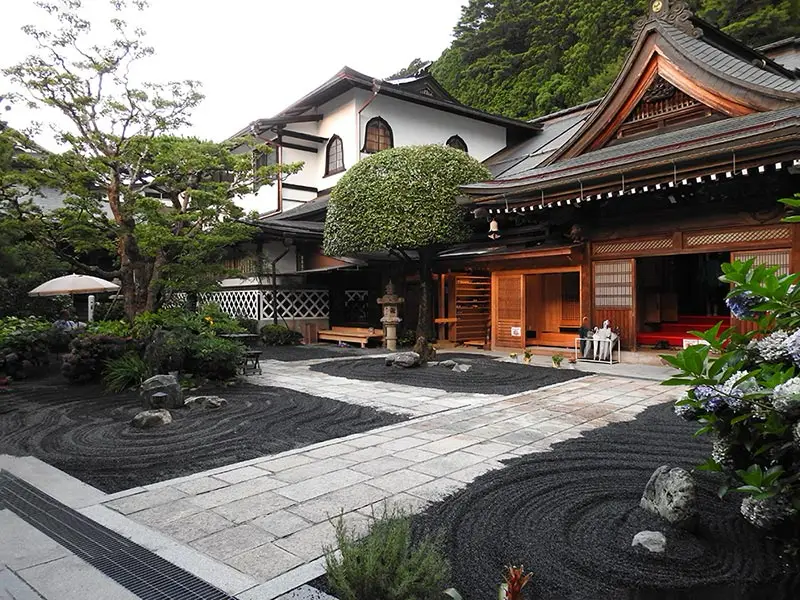
Akamatsu-in is a more approachable temple lodge, perfect for first-time visitors. The shojin ryori meals feature fresh, local vegetables and offer a healthy, satisfying dining experience. Meditation and sutra copying sessions are also available.
Eko-in
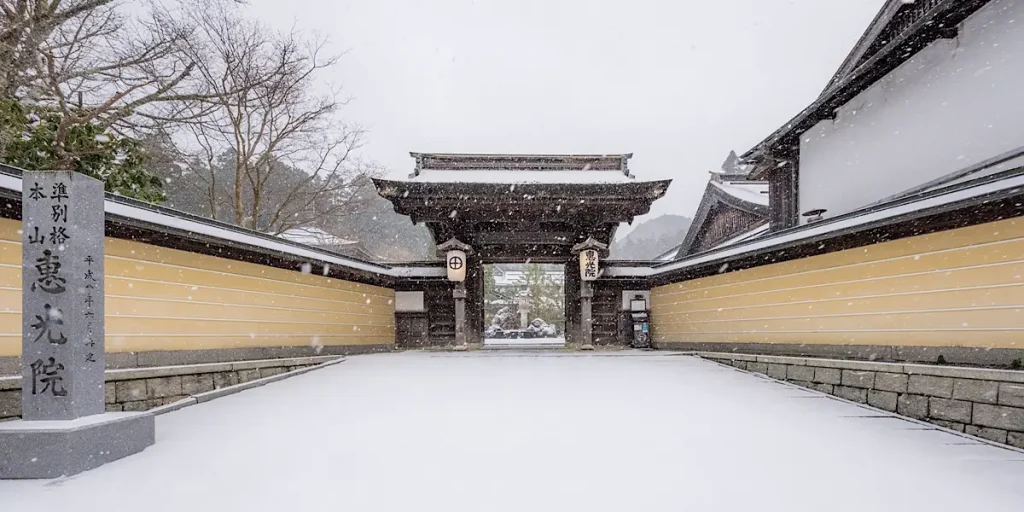
Eko-in offers a warm and family-friendly environment. Guests can enjoy Buddhist experiences, including meditation and sutra copying, and relax in the temple’s beautiful garden. English-speaking staff are available, making it welcoming for international visitors.
Tentoku-in
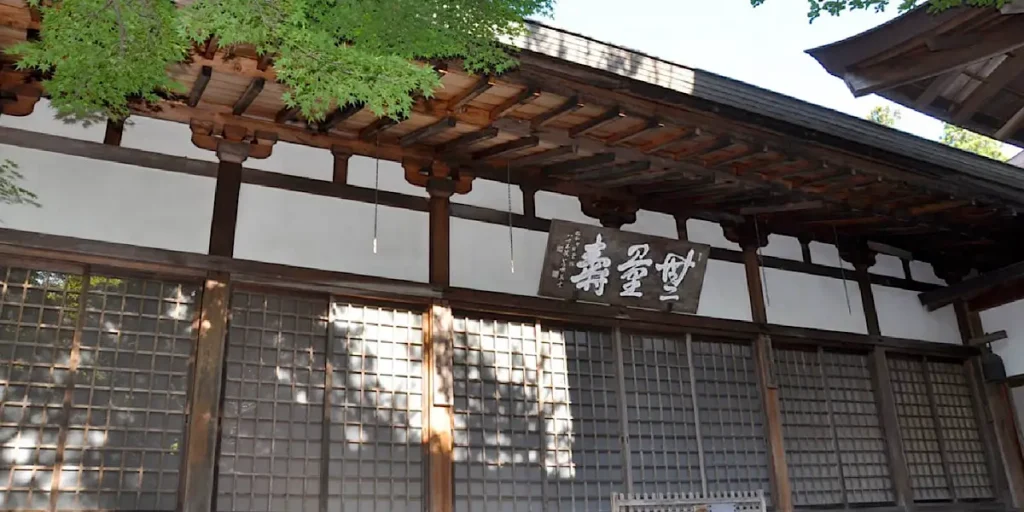
Tentoku-in provides a peaceful setting with a stunning Japanese garden. Guests can partake in morning prayers and learn about Buddhist teachings. It’s a fantastic choice for those seeking a serene and reflective stay.
Henjoko-in
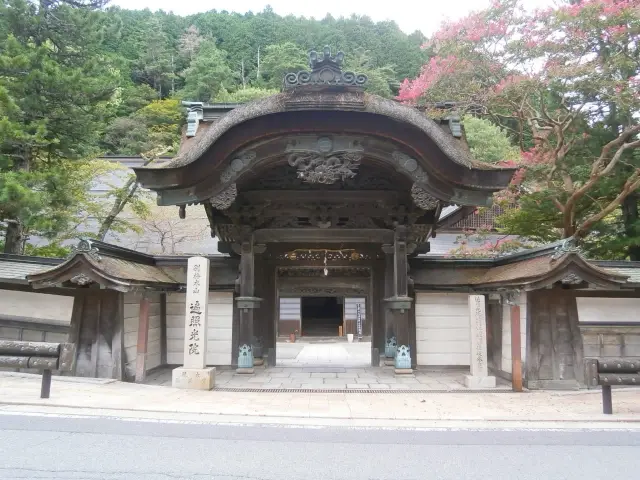
Henjoko-in is surrounded by nature, providing a calming retreat for guests. Popular activities include meditation and Buddha drawing, offering an opportunity to connect with the spiritual essence of Mount Koya.
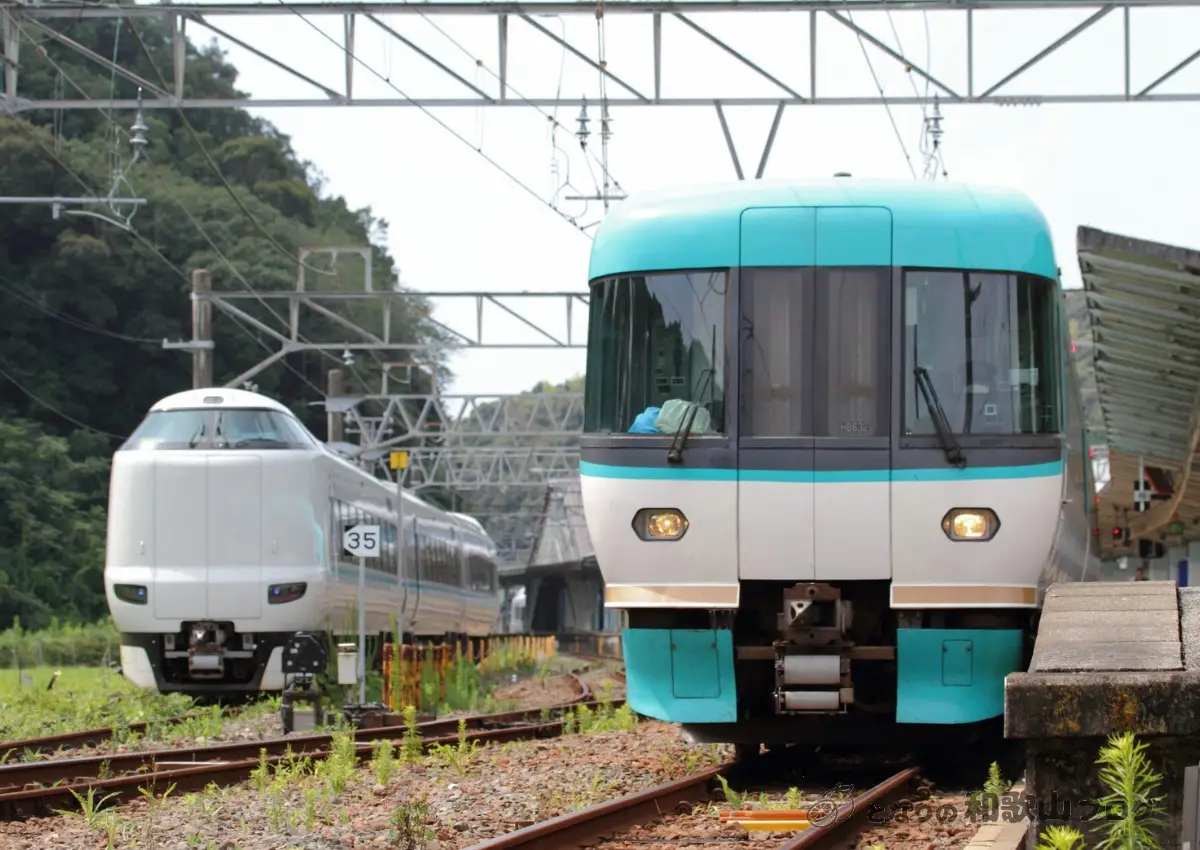
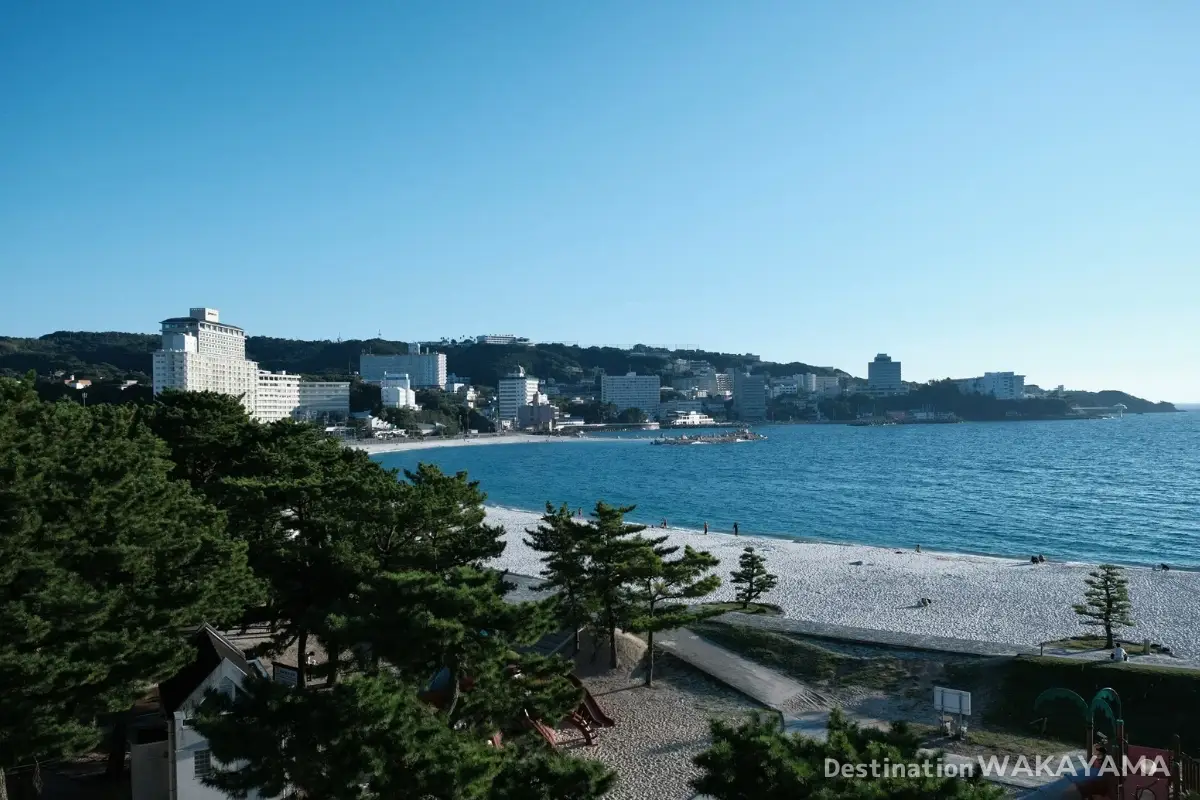
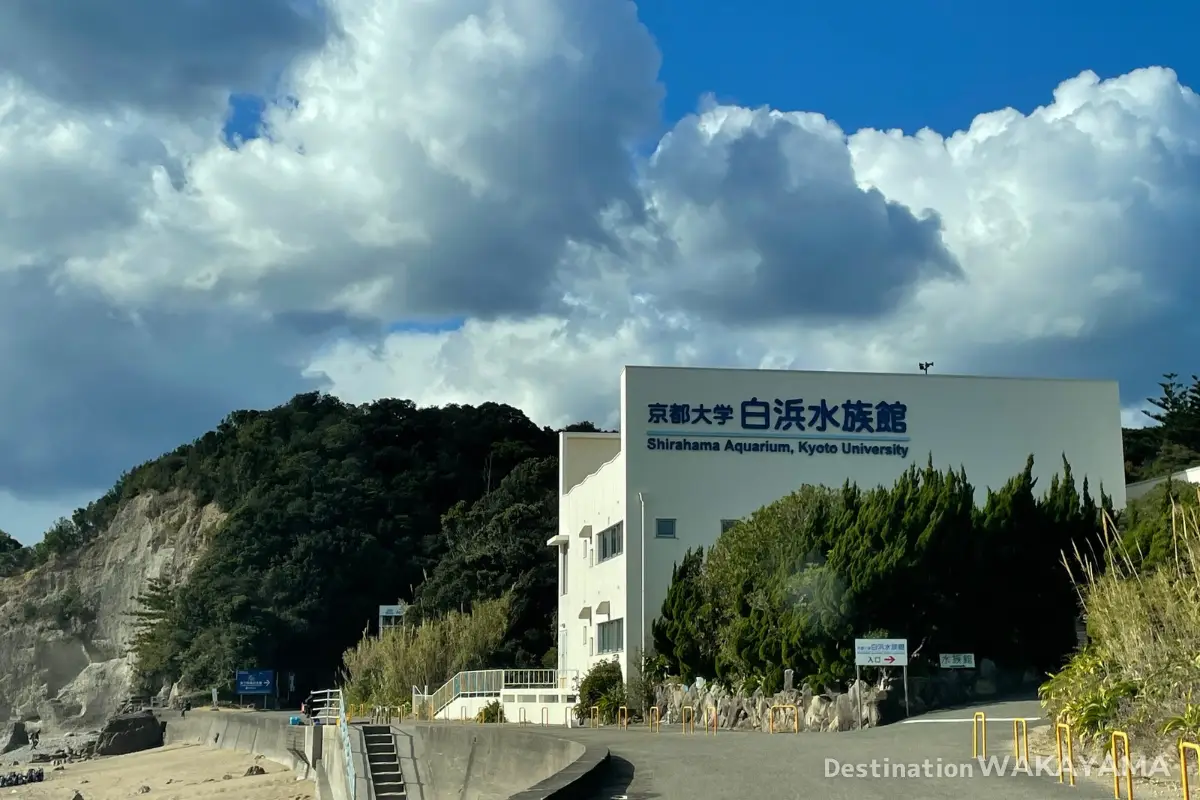

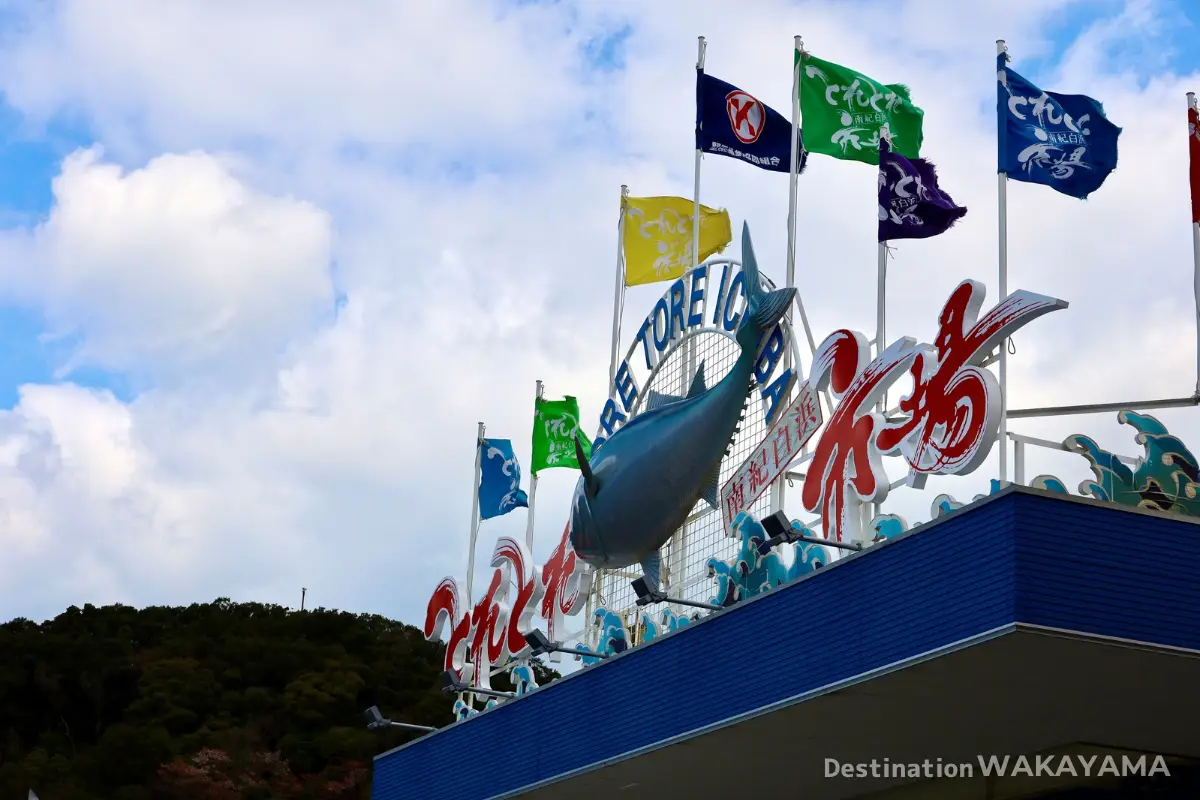

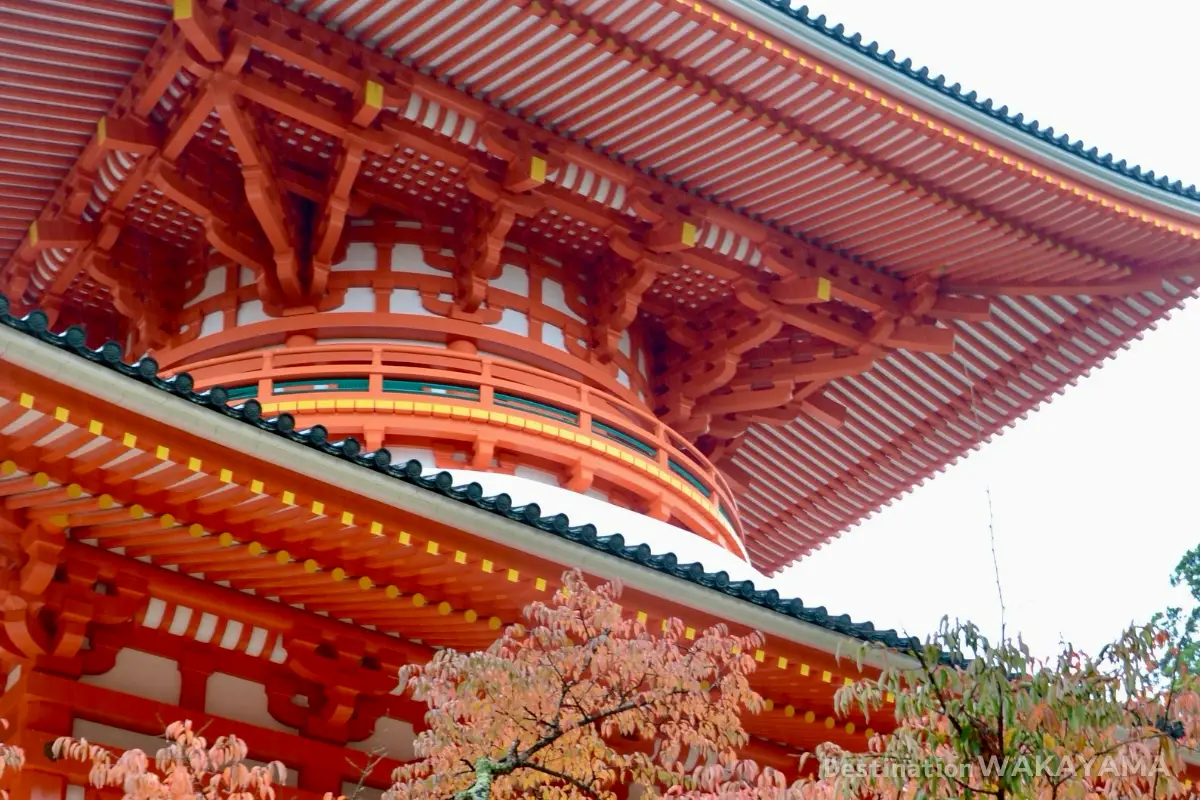

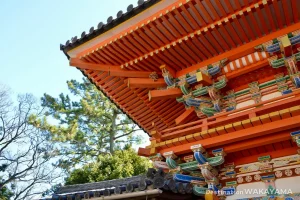
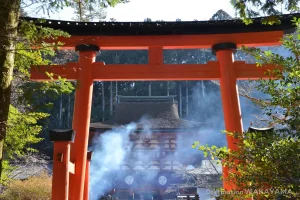
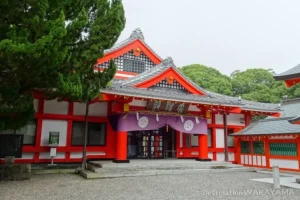
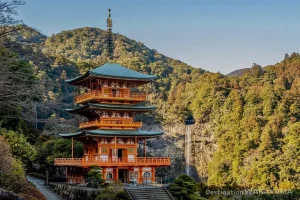
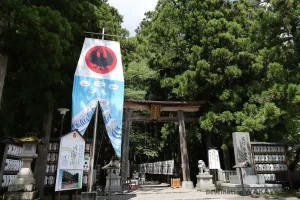
Comments